When Marilyn Irwin lost her son MacRae to suicide in May 2018, her world collapsed. MacRae was just 37 years old. A father, a talented artist and someone deeply loved by family, he had battled a lifetime of challenges from childhood to adulthood: a severe learning disability, mental health struggles and regular substance use.
For Marilyn, MacRae’s death wasn’t just a devastating personal loss, but a turning point in her life. Rather than retreat into silence, she chose to channel her pain into public advocacy, standing up almost immediately to fight for suicide prevention and life promotion initiatives in her community of Saskatoon, Saskatchewan and across Canada.
“This was my grief. The action was my grief,” says Marilyn, who recently posted an Instagram reel of her late son on what would have been his 45th birthday on August 14. The reel’s footage was taken by Marilyn herself back in 2018: the day before MacRae died by suicide. The video shows him riding a skateboard down a neighbourhood street with his baby boy in tow. It was the last time Marilyn would see her son.
“I was trembling and visibly emotional filming that video because I knew the end was very near for MacRae.”
Raising awareness about suicide prevention
Every year, about 4500 Canadians die by suicide: the equivalent of 12 people dying by suicide every day. Many more Canadians attempt or consider suicide.
The impact of suicide reaches far beyond the person who dies. Research shows that 6-20 people are profoundly impacted by each suicide death, with as many as 135 people being impacted in total.
On September 10, World Suicide Prevention Day, people will gather in communities across Canada and around the world to show support for suicide prevention efforts, to remember and celebrate the lives of those who have died by suicide, to comfort those who grieve the loss of a loved one to suicide, and to strengthen connections and community together.
It’s important to understand that most people who think about suicide don’t want to die. They’re simply struggling to live with overwhelming emotional pain. When we talk openly about suicide, we create space for hope and remind people they aren’t alone.
Canada continues to withstand high rates of suicide, with specific communities experiencing disproportionately high rates: youth, men, Indigenous peoples and 2SLGBTQIA+ people. Many Indigenous communities, especially Inuit regions, continue to experience among the highest suicide rates in the world. Risk factors like mental health challenges, trauma, systemic discrimination and life transitions can increase vulnerability.
A son remembered
Marilyn describes MacRae as someone who loved skateboarding, art, and above all, his children. Despite his struggles, family was central to his life.
“He always wanted to spend time with his boys. They were a priority for him. He loved them deeply and was very proud of both of them,” she recalls.
Marilyn explains that MacRae’s life wasn’t an easy one. He had dropped out of high school in Grade 9 because of a severe learning disability, yet later returned to adult education with the dream of pursuing welding or mechanics.
He passed his adult education courses, something he hadn’t heard about before he died. “It was always MacRae’s dream to go to post-secondary,” she says. “He had hope. But it was like he was living two different lives: a daytime life where he studied and strived to do his best and a nighttime life where his personal struggles consumed him.”
Those struggles included substance use, periods of incarceration and health crises. Despite Marilyn and her family’s ability to afford private treatment programs for their son, meaningful and consistent support was often out of reach.
“Even though we were paying, the help just wasn’t there,” Marilyn explains. “I believe that MacRae’s human rights were violated, his access to care denied…and that’s tragically very common for people involved with drug misuse.”
Finding strength in advocacy
For Marilyn, grief and advocacy became inseparable. Within months of MacRae’s passing, she partnered with the Canadian Mental Health Association’s Saskatoon branch to organize World Suicide Prevention Day events. She also launched a scholarship in her son’s name for students with learning disabilities. And if that wasn’t enough, Marilyn began speaking publicly, giving media interviews and lobbying governments for systemic change.
“It was like a car accident: you’re in shock,” she says. “The only way I could start making sense of it was by doing community events and speaking out. That was my grief. That was how I survived.”
Over time, Marilyn’s advocacy deepened. She joined CASP in 2022: first as a committee member, then a Board member, executive committee member, and is now the incoming Board President of a pan-Canadian organization that has been advocating for suicide prevention and life promotion for 40 years.
A message about pain
Marilyn is candid about the nature of suicide grief and how it differs from other forms of loss. “Suicide is very different. It’s very complex. Even though MacRae’s been gone a long time, it’s not like you just get over it. The grief is still heavy every day,” she says.
What helps, she explains, is keeping his memory alive. “Just say his name. That’s my thing. I always want people to ask me about my son. It’s never triggering – it’s healing. It means he’s not forgotten.”
One of Marilyn’s most powerful reflections is about the nature of suicide itself. She pushes back against the idea that suicide is about weakness or selfishness.
“Suicide is not a weakness. It’s about a pain that feels overwhelming,” she says. “It feels like you’re in the dark. Like getting up in the middle of the night, reaching for a glass of water you can’t find. You’re desperately searching, but nothing helps. That’s the pain.”
For MacRae, this pain became unbearable despite his love for his family. Marilyn wants people to understand that external circumstances, like children, dreams and potential, don’t erase the intensity of that suffering. “Some people said: ‘He had two beautiful boys. Why would he do this?’ But it’s not about that. It’s about the pain. It blocks out everything else.”
A voice for change
Marilyn sees herself as a voice for all those impacted by suicide who aren’t able to speak out. “I have the privilege of a stable job, a supportive employer and resources. I feel that I’m a voice for all of those impacted by suicide that don’t have a voice.”
Marilyn’s #1 goal is clear: that Canada finally adopt a National Suicide Prevention Strategy, providing real coordination, funding, and accountability. CASP first called for a National Strategy in the 1990s and recently renewed its calls on Ottawa to act with intention. Marilyn knows that a National Strategy won’t erase her own loss, but it could mean fewer families endure the same pain.
“I want MacRae to be remembered. I want his story to matter. And I want people to know that suicide is about pain – not weakness. If my voice can help save even one life, then that’s how I carry my son with me.”
World Suicide Prevention Day 2025
CASP is marking this year’s World Suicide Prevention Day (WSPD) by hosting a free and live virtual event, “Indigenous Knowledge and Life Promotion: Changing Narratives on Suicide,” featuring guest speakers Elder John Rice and Métis scholar Lindsay DuPré.This online event will take place on Wednesday, September 10th, from 9:00 to 10:30 AM PT / 12:00 to 1:30 PM ET. You can register here. You can access CASP’s 2025 WSPD toolkit here.

Not Feeling Like Yourself?
Tackle chronic stress, anxiety and depression with MindFit Toolkit. Access free mental health tools designed for men.
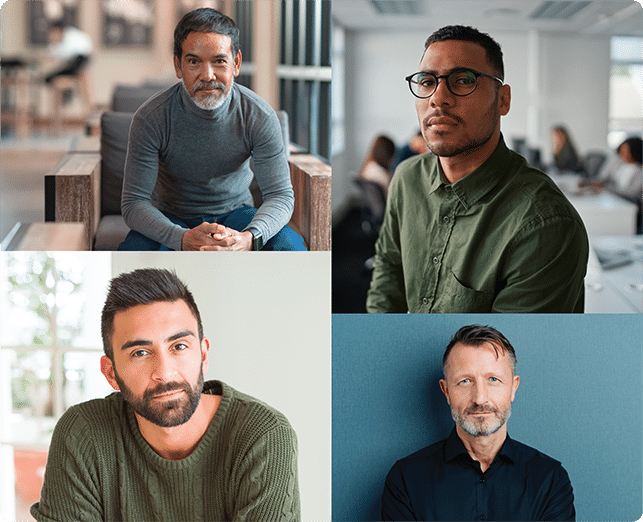
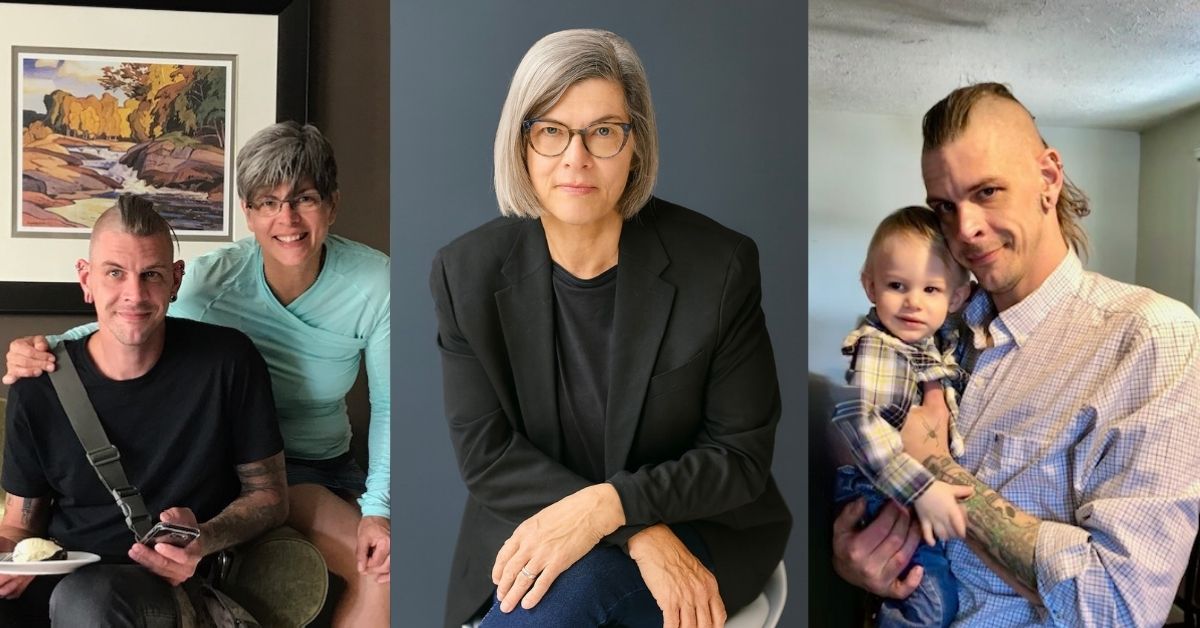
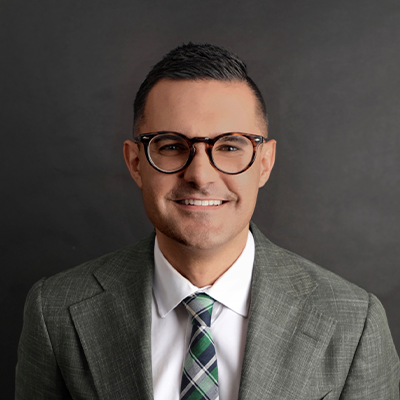
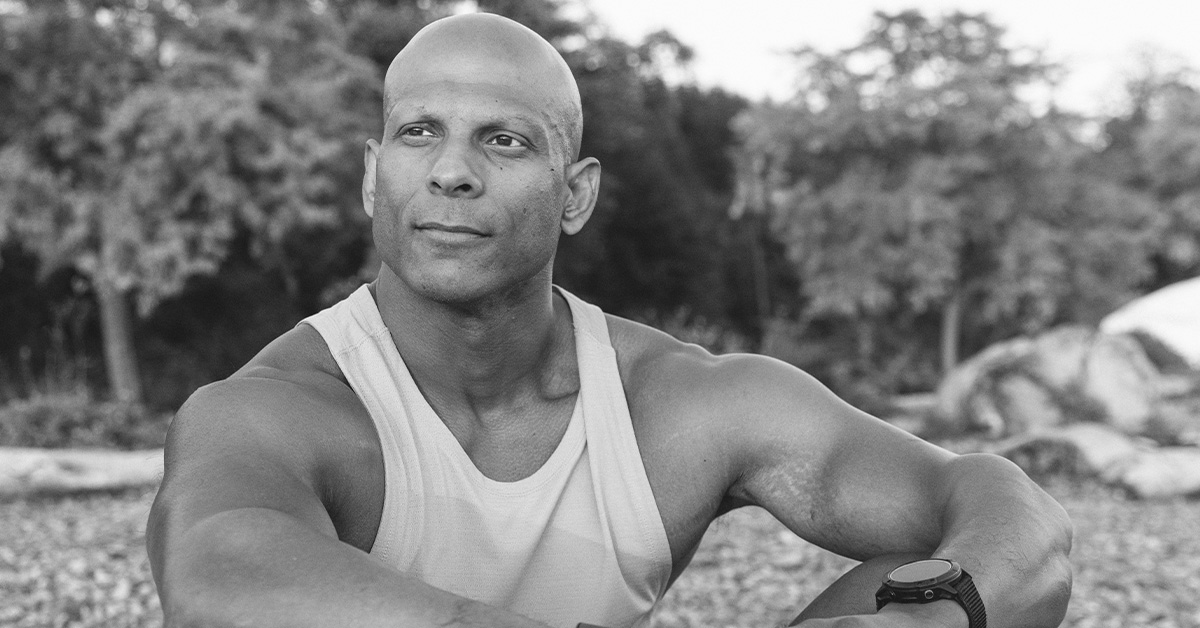
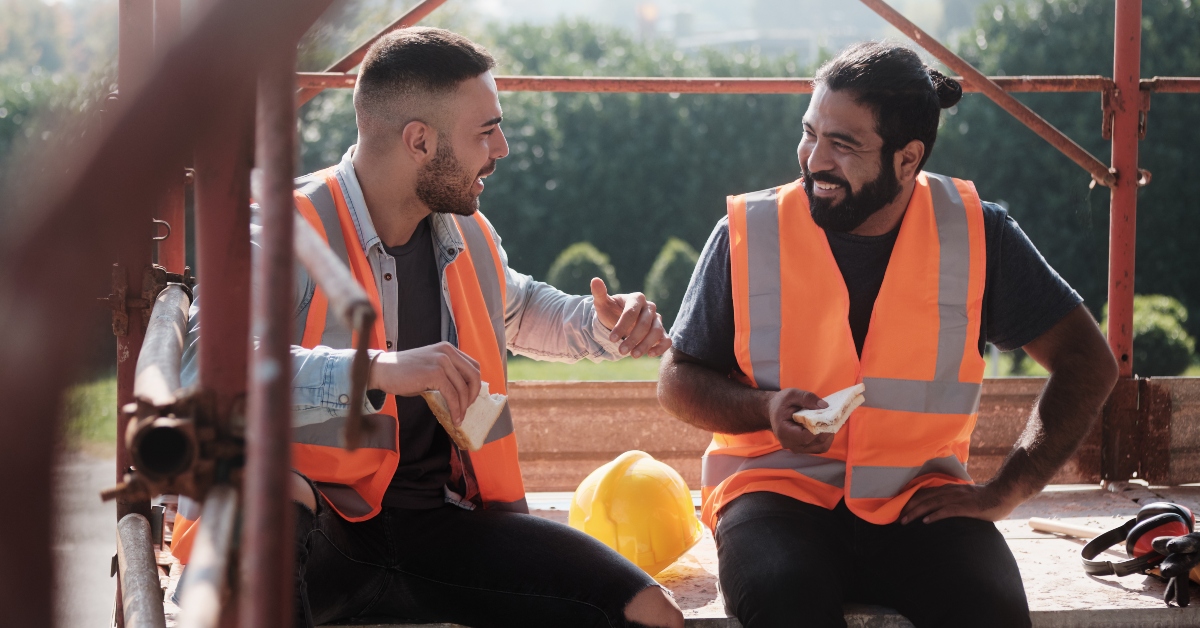
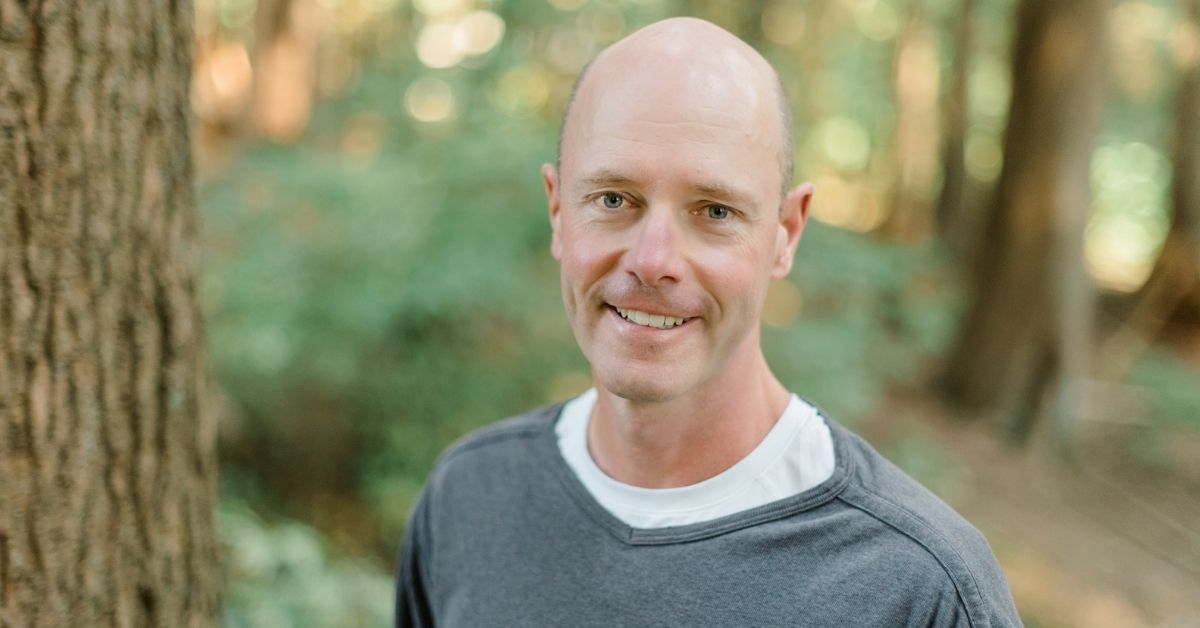

Let’s Talk!
Did you enjoy this article? Let us know in the comments.
0 Comments